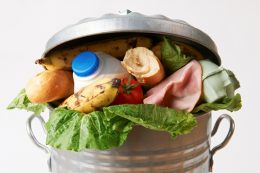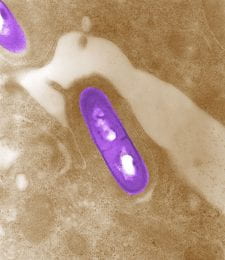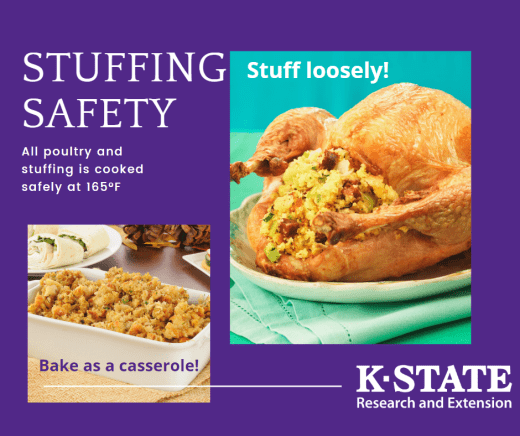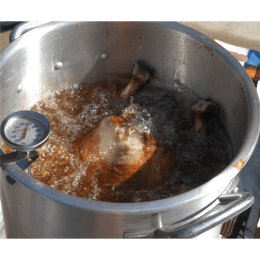
What food do you have on hand? Have you shopped your refrigerator or cabinets before going to the grocery store? As you prepare for the holidays, what is your plan for food? While we don’t want to run out of food, think about what you will do with the leftovers. In almost 32% of average households, that leftover food, along with forgotten food, is wasted. Of all of the sources of wasted food, residential homes make up 37.2% of surplus food wasted. What can be done?
Go back to basic consumer skills. During the height of the pandemic, consumers wasted less food. Now that we have resumed many normal activities, that amount of waste has surged. Take a look at your kitchen management plan. Make a shopping list before going to the grocery store. Create a meal plan to utilize what you have before you buy more food. Preparing meals at home can help reduce food waste. Freeze leftovers to use later. Make a plan about the consequences of wasting food at home. Challenge family members with incentives to help encourage smart food use.
Sources:
https://bit.ly/3Ht8Fr0
https://bit.ly/3FIWC7U
https://bit.ly/3BReRpt




 Receiving food gifts can be a treat during the holidays. But not if they are not safe to eat.
Receiving food gifts can be a treat during the holidays. But not if they are not safe to eat.
